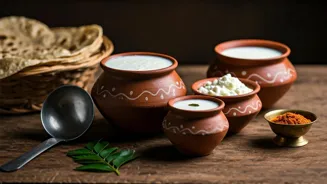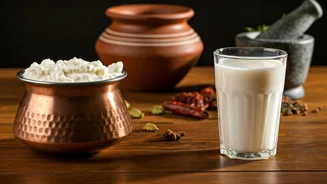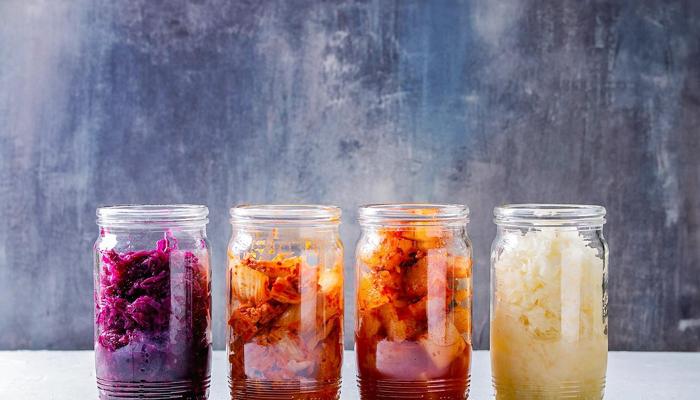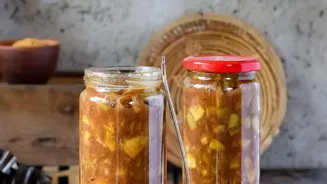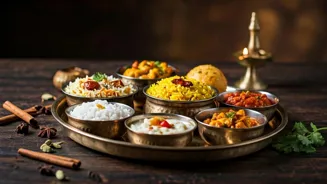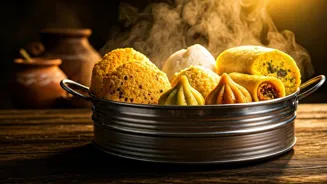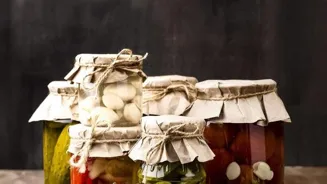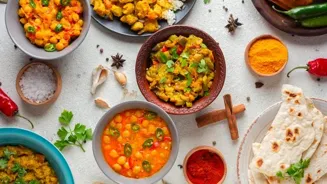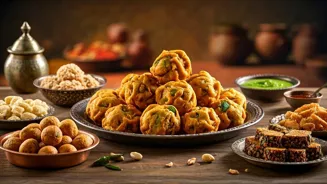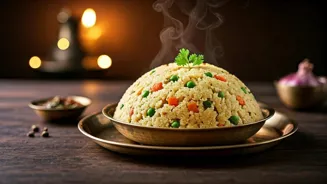Mixing curd with water isn't the same as churning out a glass of refreshing buttermilk. Let's dive into the heart of Indian culinary traditions and uncover
the secrets behind this beloved beverage.
Beyond Simple Mixing
Many believe that buttermilk is made by simply mixing curd and water. However, true buttermilk, known as 'chaas' or 'mattha' in India, is a byproduct of churning butter from curd. This process separates the fat, leaving behind a tangy, thinner liquid that is rich in probiotics and flavor. The taste is also different.
The Churning Process
Traditionally, buttermilk is made by churning curd with a 'mathani' (churning stick) in a clay pot or other suitable container. This vigorous process separates the butterfat, resulting in a distinct flavor profile. The longer the churning, the more the butter separates, influencing the final taste and consistency of the buttermilk.
Taste and Texture Differences
The texture of authentic buttermilk is smoother and more uniform than a diluted curd mix. Genuine buttermilk also has a more complex, slightly tart taste due to the fermentation process. This distinctive tang is what separates real buttermilk from simply curd and water, a common mistake made in many Indian homes.
Culinary Uses & Benefits
Buttermilk isn't just a refreshing drink; it’s versatile! Used in many South Indian dishes, it's a key ingredient in batter for dosas and uttapams. It also aids digestion and keeps you cool, making it a perfect summer drink. It's also used as a tenderizer for meats and marinades.
Enjoying Authentic Buttermilk
To get the best buttermilk experience, try making it the traditional way or finding it at a local vendor. You can customize the flavors by adding spices like cumin, asafoetida, and ginger. Embrace the authentic taste of buttermilk and enjoy the unique flavor that has sustained Indian culture for centuries.
